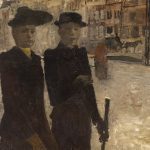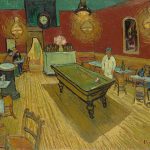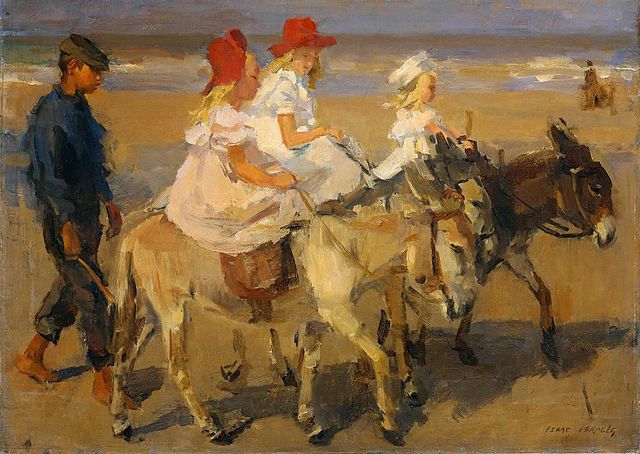
Isaac Israëls, a prominent Dutch painter, was born on February 3, 1865, in Amsterdam, Netherlands. He hailed from a family deeply immersed in the arts; his father, Jozef Israëls, was a well-known painter associated with the Hague School, while his mother, Aleida Schaap, came from a family of artists. The rich artistic environment in which Isaac grew up undoubtedly played a significant role in shaping his destiny as a painter.
Isaac Israëls displayed an early passion for art, and his talent was evident even in his childhood sketches. He received his formal education at the Royal Academy of Art in Amsterdam, where he studied under August Allebé, a Dutch painter and art educator. The academic setting provided Israëls with the technical foundation necessary for his artistic journey, but it was his exposure to the vibrant cultural scene in Paris that would later influence his distinctive style.

In 1887, Isaac Israëls made a crucial decision that would impact the trajectory of his artistic career – he moved to Paris. The City of Light was a melting pot of creativity, a place where the avant-garde movements of the time were flourishing. The vibrant atmosphere of Montmartre, with its cafes, cabarets, and artists’ studios, proved to be a wellspring of inspiration for the young painter.
During his time in Paris, Israëls became associated with the Belle Époque, an era characterized by optimism, innovation, and cultural dynamism. The city was a hub for artistic experimentation, and Israëls found himself immersed in the diverse currents of Post-Impressionism and Fauvism. The influence of artists like Henri Toulouse-Lautrec and Edgar Degas can be traced in some of Israëls’ works from this period, particularly in his exploration of the vibrant and often gritty aspects of urban life.
That’s entertainment
Israëls developed a penchant for depicting scenes from the world of entertainment, portraying the lively cabarets, theaters, and dance halls that epitomized the spirit of Parisian nightlife. His paintings exuded a sense of movement and vivacity, capturing the essence of the performances and the energetic atmosphere of the venues.
The artist’s palette evolved during his time in Paris, reflecting the influence of Post-Impressionist color theories. He experimented with bold and expressive colors, deviating from the subdued tones of his earlier works. This departure marked a crucial phase in Israëls’ artistic development, setting the stage for a more dynamic and vibrant approach to his craft.
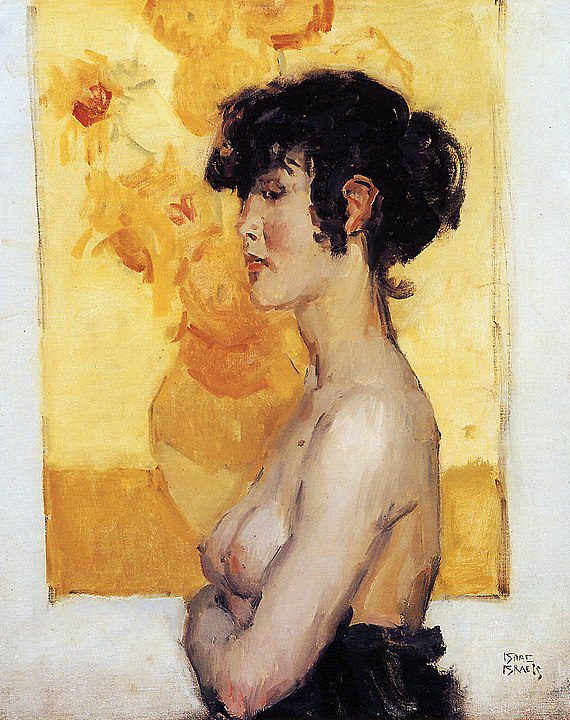
Upon returning to the Netherlands, Isaac Israëls continued to refine his distinctive style, blending elements of Impressionism with his own unique interpretation of modern life. His paintings often featured scenes from everyday existence – bustling markets, serene landscapes, and intimate portraits. One of his notable series focused on the beach, capturing the play of light on sand and water, and the leisurely activities of bathers.
Israëls’ portraiture revealed his keen insight into human character. He had an uncanny ability to convey the personality and emotions of his subjects through expressive brushstrokes. His portraits ranged from the aristocracy to ordinary individuals, showcasing a diverse cross-section of Dutch society.
Becoming a Dutch Legend
The artist’s association with the Amsterdam Impressionists, a group that sought to bring the innovative spirit of French Impressionism to the Netherlands, further solidified his place in the Dutch art scene. Israëls, along with likeminded contemporaries like George Breitner and Willem de Zwart, contributed to the transformation of Dutch art in the late 19th and early 20th centuries.
Isaac Israëls’ career reached new heights with his participation in international exhibitions, earning him recognition beyond the borders of his homeland. His works were showcased in prestigious venues, including the Venice Biennale and the Exposition Universelle in Paris. The acclaim he received bolstered his reputation as a leading figure in the Dutch art world.
The outbreak of World War I brought a somber tone to Israëls’ work. The war left an indelible mark on him, influencing the themes and moods of his paintings. He turned his attention to depicting the impact of the conflict on individuals and society, creating poignant works that reflected the human toll of war.
After the war, Israëls continued to explore diverse subjects, from portraits and landscapes to scenes of urban life. His later works displayed a sense of maturity and introspection, with a more restrained use of color and a focus on capturing the subtleties of light and atmosphere.
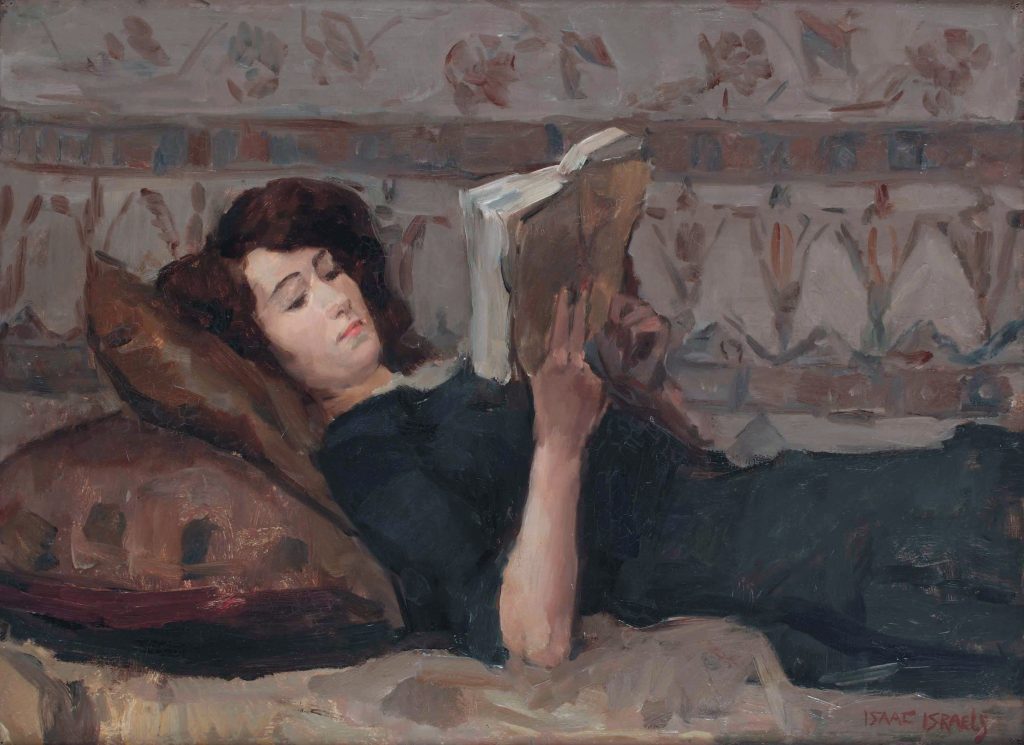
Isaac Israëls’ legacy extends beyond his contributions to Dutch art. His paintings, characterized by a dynamic and modern sensibility, continue to be celebrated for their evocative portrayal of life in the late 19th and early 20th centuries. The artist passed away on October 7, 1934, in The Hague, leaving behind a body of work that stands as a testament to his enduring influence on the Dutch art scene and his ability to capture the essence of his time.


